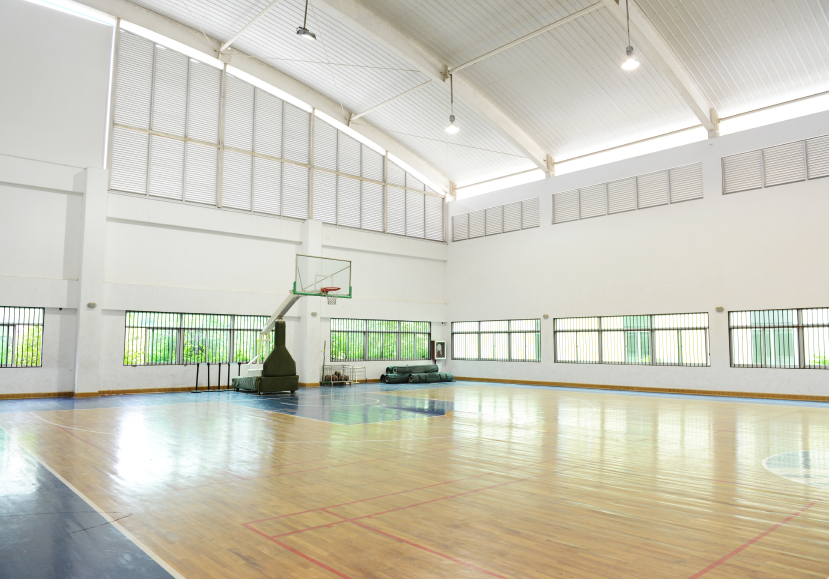For organized basketball leagues, there definitely is a season: Winter. Amateur nights-and-weekends hoopsters play all year round, though. When the weather allows, you can find them on courts outside. When the pro and college leagues start up, though, you can find the Stephen Curry wannabes in gyms everywhere, and it’s more likely you’ll find them injured.
In the summer and warmer months, players are more active off the court but in winter that weekly pickup game is likely the only activity they have all week, meaning injuries are much more likely. Short, intermittent burst of cutting and jumping, along with the stop-and-start running that is so much a part of basketball makes an unconditioned player more vulnerable to injuries that could keep them on the sidelines until March hoops tournament madness.
Here are a few of the most serious basketball injuries, according to the American College of Sports Medicine, and how to treat them to (hopefully) avoid a long, frustrating layover:
ANKLE SPRAINS
The most common basketball injury ““ accounting for nearly a quarter of all hoops-related injuries ““ is an ankle sprain. Caused by an over-flexing of your foot inward or outward, a sprain is the result of overstretched or torn ligaments that hold your ankle in place. More often than not, they’re accompanied by painful swelling and bruising.
Mild sprains can be a quick fix: Tape it up and you can finish the game. More severe sprains, though, can take months to heal. Immediately following your injury, doctors suggest icing the ankle and keeping it elevated. Compression may help as well.
If you can’t bear any weight on the ankle by the following day, it’s time to see your doctor.
KNEE INJURIES
The second-most common injury, says the ACSM, occurs with the knee. Ranging from ACL/MCL tears to patellar tendonitis (better known as “jumper’s knee”), they’re the ones that can have you sidelined for extended periods of time.
If you’ve had a problem with a tear of the anterior cruciate ligament (ACL) or the medial collateral ligament (MCL), you’ve probably guessed it right away. Not only are they incredibly painful and debilitating, they often arrive with a telltale “pop” or locking sensation. There’s little doubt when it’s happened. Experts suggest icing the knee right away and keeping weight off it until you can see a doctor. Depending on the severity of the injury, treatment may require surgery.
In the case of patellar tendonitis, the symptoms tend to be much more gradual because “jumper’s knee” is an overuse injury. The patellar tendon, which connects the kneecap to the shin, is instrumental in straightening your knee. After repeated wear, the tendon can develop tiny tears. As the tears accumulate, the inflammation worsens until you can barely extend your leg. Again, doctors suggest icing the knee and reducing mobility until you can see your doctor.
ACHILLES HEEL
Achilles tendonitis is a common overuse injury in basketball, due to the forces placed on the tendon from jumping and landing. The tendon itself attaches your calf muscle to the heel of your foot, allowing you to push forward while walking or running. When it develops tendonitis, you’ll feel a dull ache in the back of your calf that increases with activity. Treatment is likely to include physical therapy.
The nightmare scenario, where the Achilles is concerned, is a tear. Those who have suffered a total tear describe it as incredibly painful, not to mention disconcerting as the sensation is akin to a window blind unspooling upwards. Even a partial tear is incredibly painful. Forget the idea of waiting to get in to see your doctor. Get to an emergency room immediately.
Surgery and months of recovery is likely in your future.
Experts recommend playing for fun, and not making basketball your only source of exercise, to avoid injuries. And, of course, stretching before any physical activity. Otherwise, the only basketball you’ll be competing in is the office pool during March.

